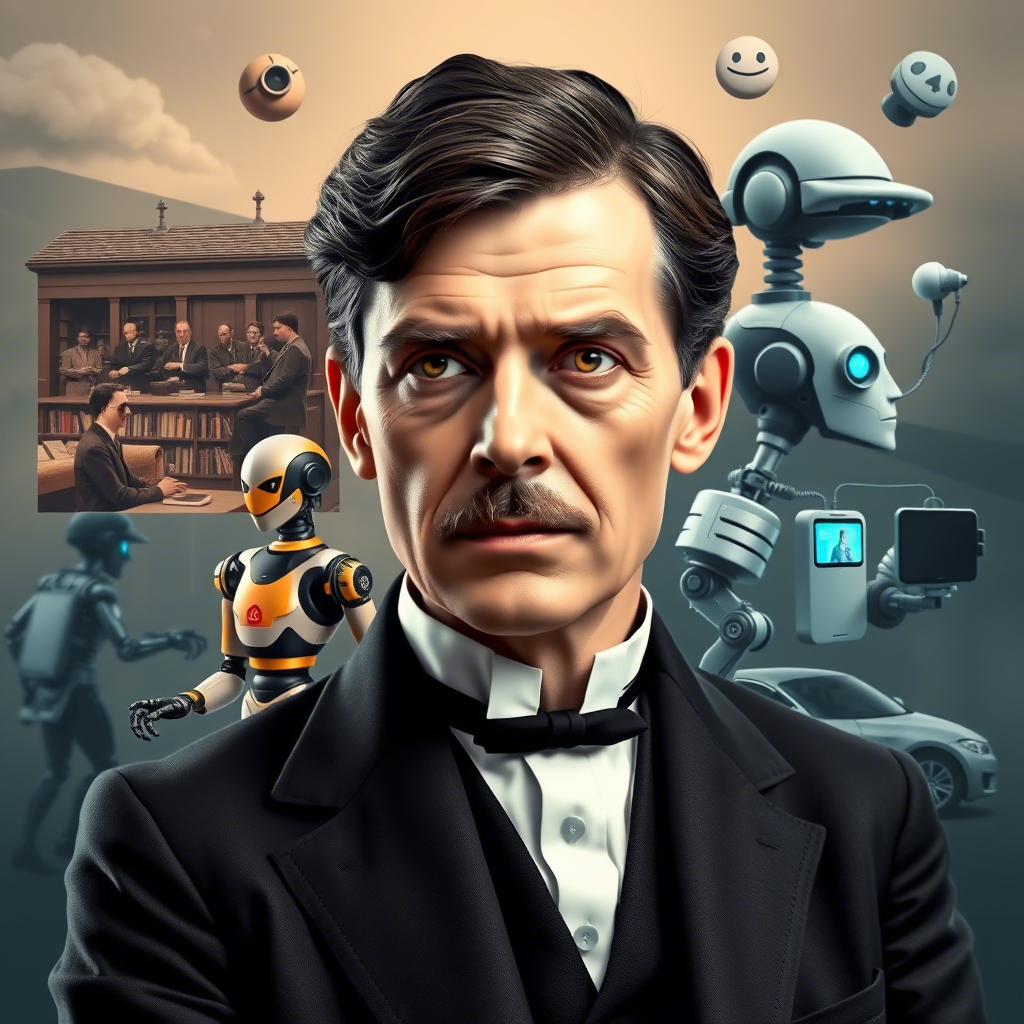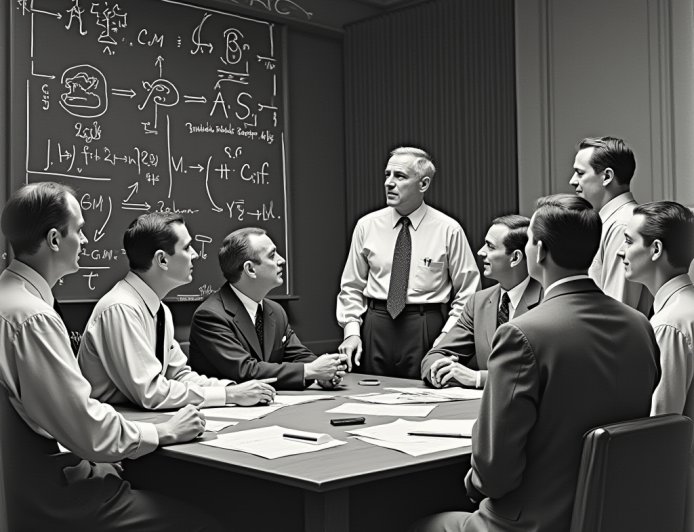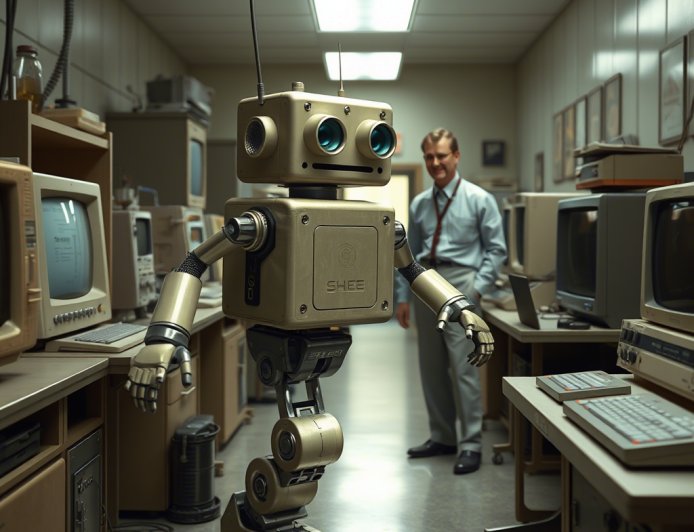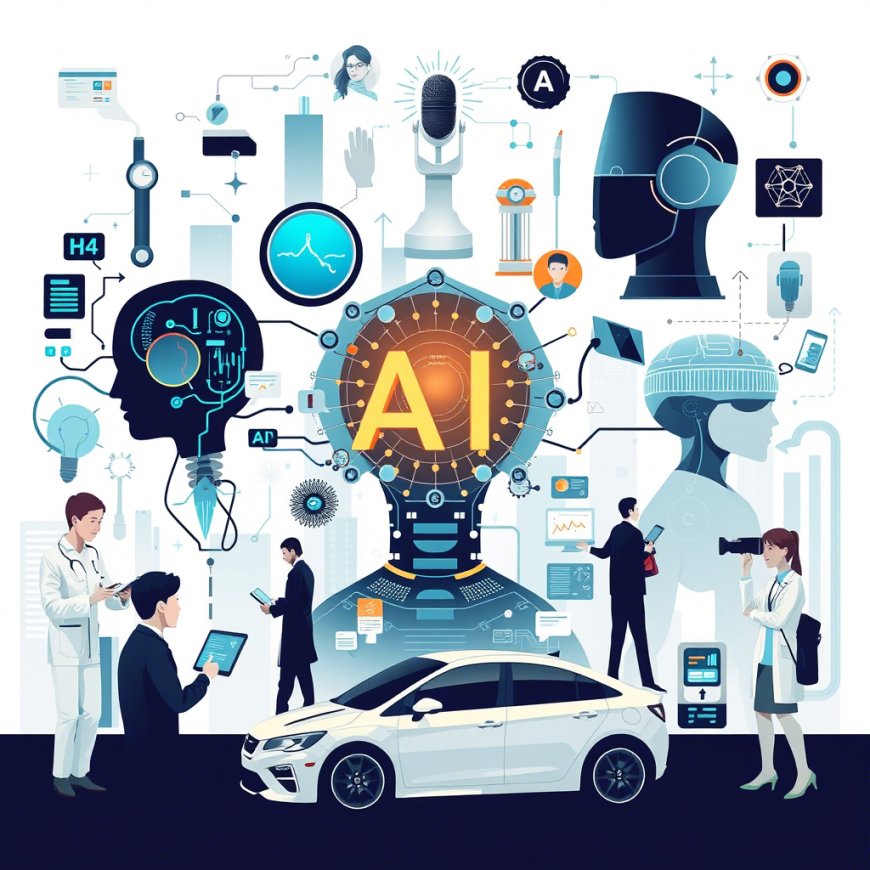Artificial Intelligence: From Fiction to Reality – How It All Began?✨
"Discover the fascinating journey of Artificial Intelligence from its early theoretical roots to becoming an essential part of modern life. Learn about key milestones, from Alan Turing's vision to the rise of deep learning and AI-powered applications."

Artificial Intelligence: From Fiction to Reality – How It All Began? ✨
How Did Artificial Intelligence Start?
Artificial Intelligence (AI) is among the most thrilling technological advancements of our contemporary age, but its history dates back to the mid-twentieth century. The concept began as a dream in science fiction and gradually turned into a tangible reality thanks to the work of scientists and innovators. Here's an in-depth overview of the origin of artificial intelligence and how it has evolved up to now.
The Origins: From Science Fiction to Real Science
Scientists began to wonder during the 1940s and 1950s if machines could be made that would be capable of "thinking" like human beings. British mathematician Alan Turing was one of the first to devise this idea in 1950 when he posed his now-famous question: "Can machines think?" He devised a test that would eventually be named the Turing Test, which evaluates the capacity of a machine to simulate human intelligence. This idea marked the beginning of the development of artificial intelligence.
Alan Turing
The Birth of Artificial Intelligence: The Dartmouth Conference
In 1956, the Dartmouth Conference was held, which is considered to be the day of birth of artificial intelligence as a distinct scientific field. It was at this conference that John McCarthy coined the term "artificial intelligence," and scientists began drafting their blueprints to create machines that could solve problems and make decisions. The goals were ambitious: to comprehend language, learn, and solve complex problems.
Dartmouth Conference
Early Breakthroughs: Games to Robots
In the 1960s and 1970s, programs like ELIZA, which could simulate conversation with humans, and Shakey, the first mobile robot that made decisions in a limited environment, were created. The technical challenge was huge, and this led to "AI winter" periods when the study of the field decreased because of a lack of funding and slow progress.
Shakey Robot
A Strong Comeback: The 1990s to Today
In the 1990s, artificial intelligence returned strongly because of tremendous advances in computing and big data. During this decade, AI began to spread into beneficial applications such as search engines, machine translation, and voice recognition. With the advances in deep learning and neural networks, machines could learn by themselves, leading to remarkable applications in areas such as image recognition, self-driving cars, and smart assistants such as Siri and Alexa.
Neural Networks
Artificial Intelligence Today: Part of Our Daily Lives
Today's artificial intelligence is a part of our everyday lives. Ranging from voice assistants like Siri and Alexa to advanced medical diagnosis systems and driverless cars, this technology continues to grow in intelligence and capabilities. AI technologies are transforming various sectors, including healthcare, education, and marketing.

The Future: What the Future Holds for Artificial Intelligence?
Experts of the future are predicting the expansion of artificial intelligence to permeate all aspects of our existence. From creating improved healthcare through patient data analytics to improved education and employment systems, the future promises limitless possibilities. But with these limitless possibilities, the biggest challenge in the future will be how to use AI safely and ethically.
Conclusion
Artificial intelligence began as an idea in the middle of the twentieth century and has evolved over the decades to become a part of our daily lives. From conversing with virtual assistants to precise medical diagnoses, AI continues to transform the world at a rapid pace. The future holds tremendous potential, but it requires us to think carefully about how we use this technology for the benefit of mankind.

 ajab203
ajab203 